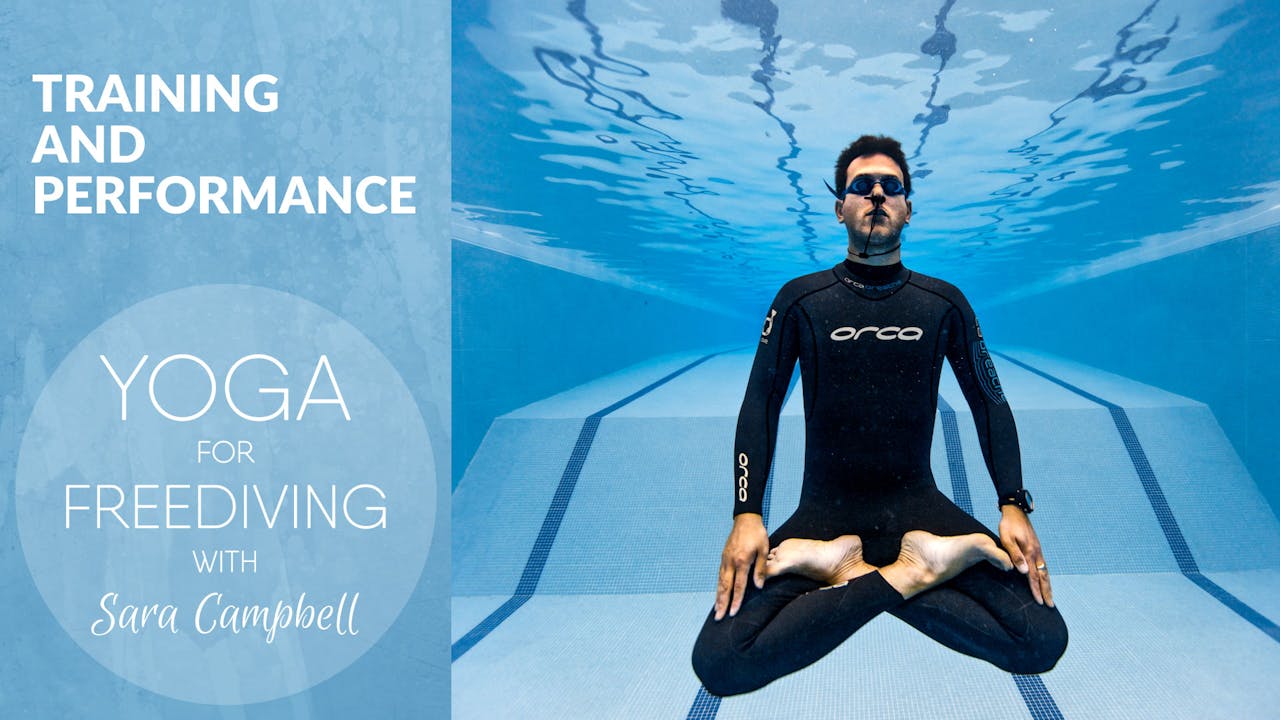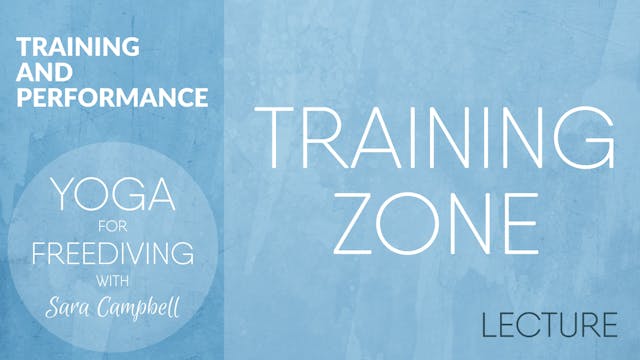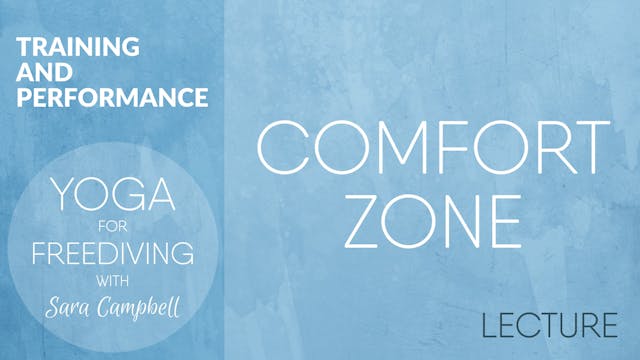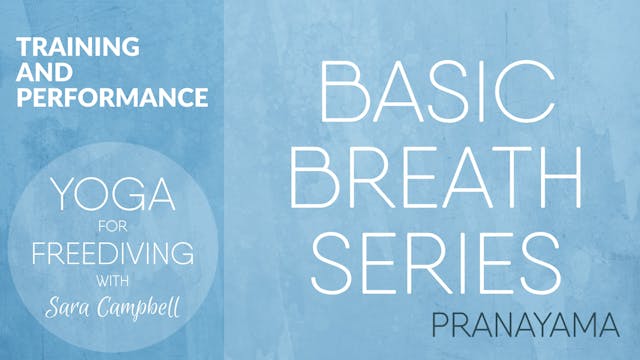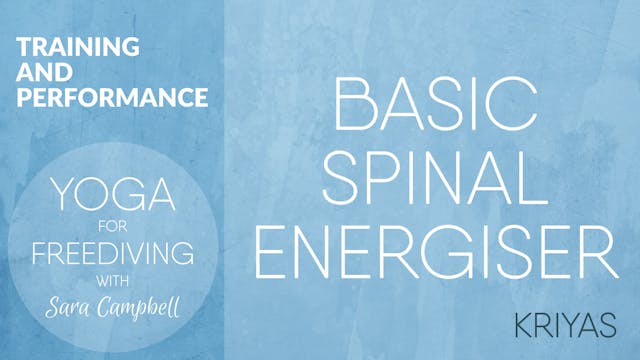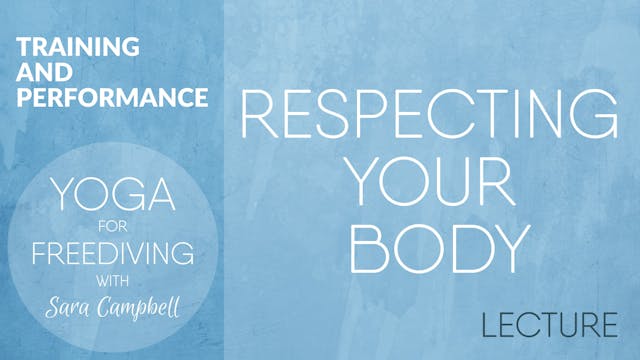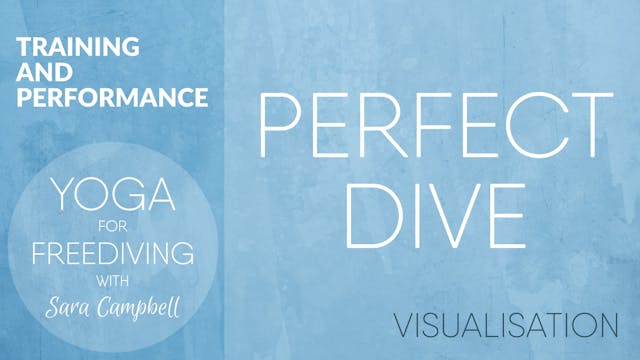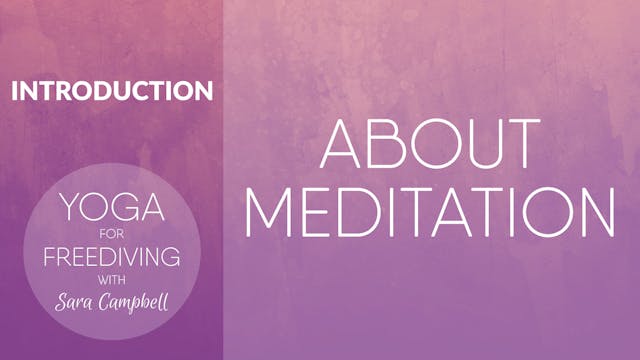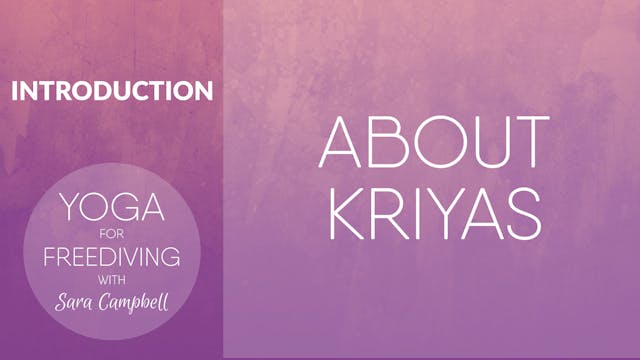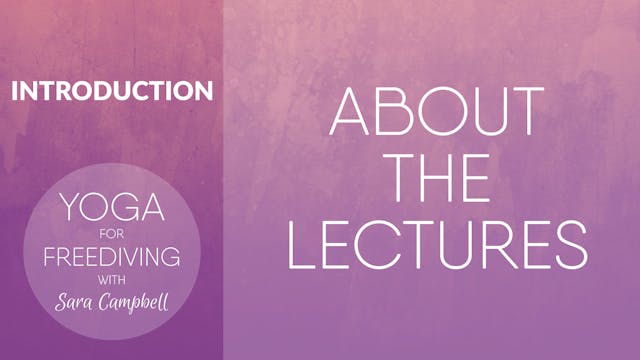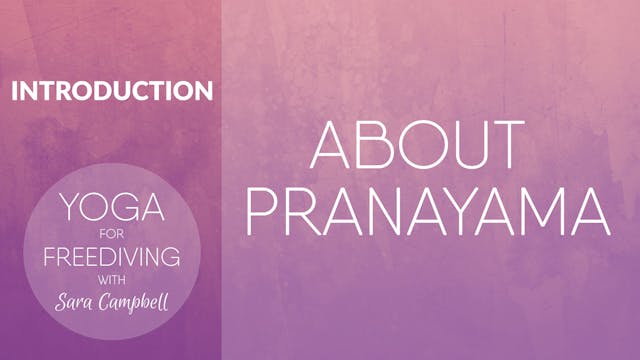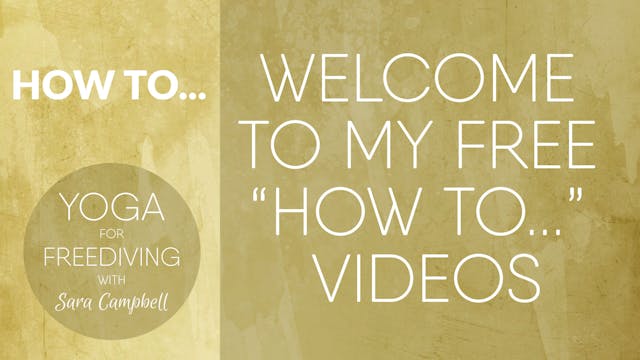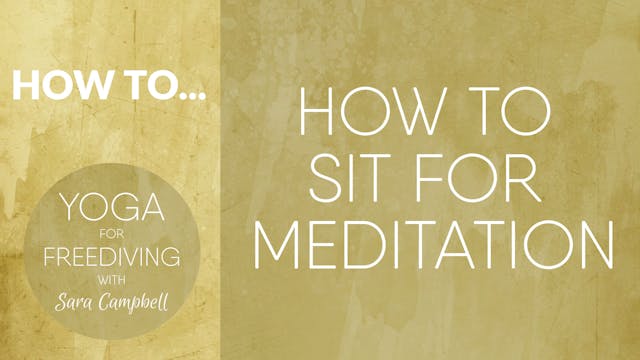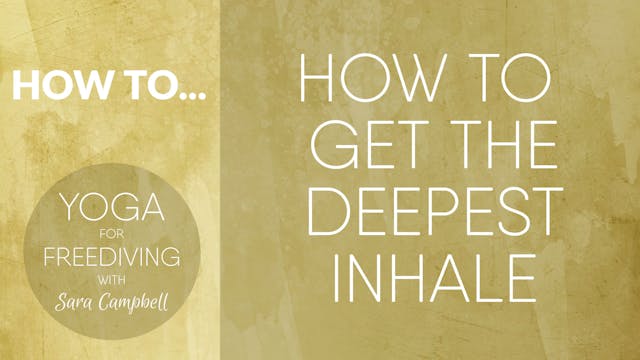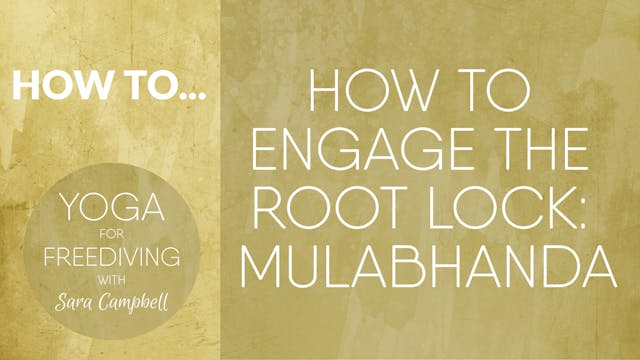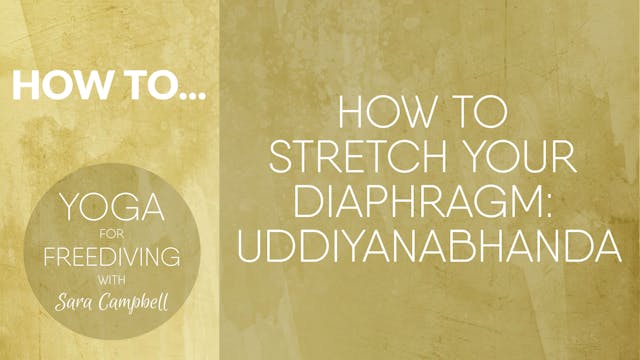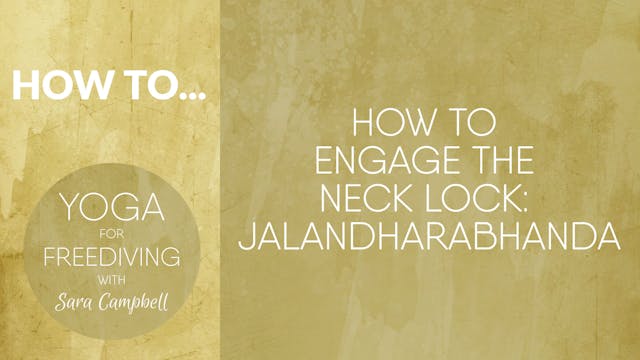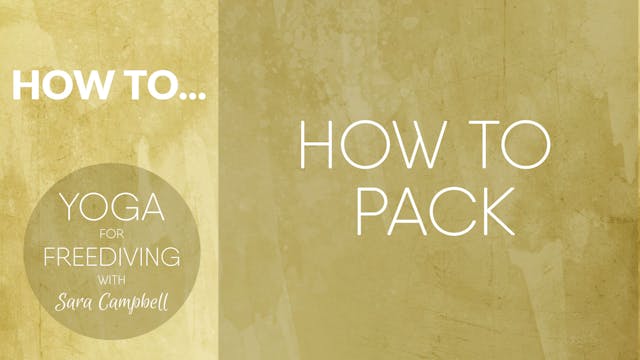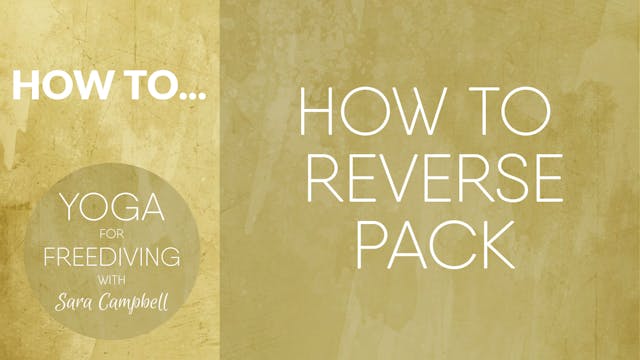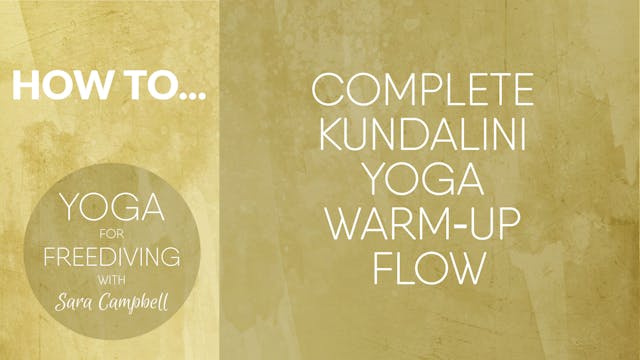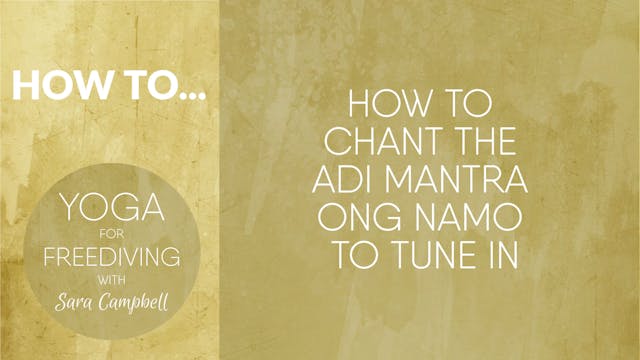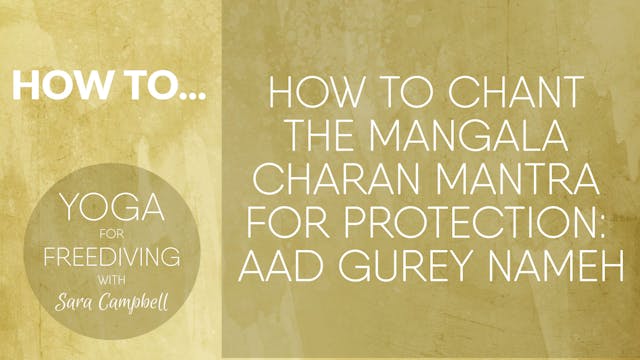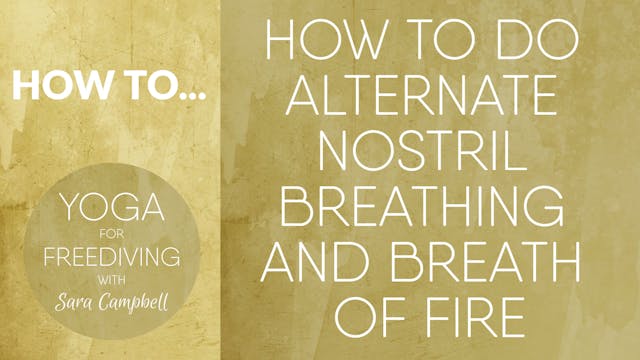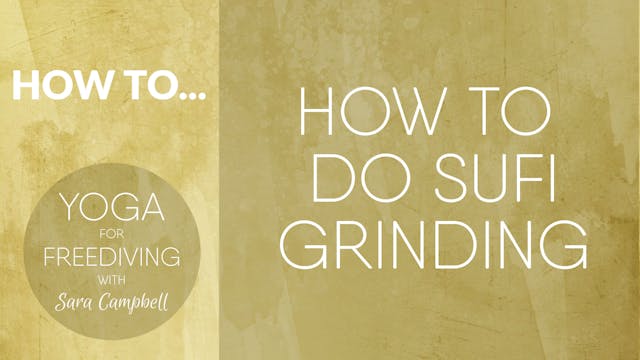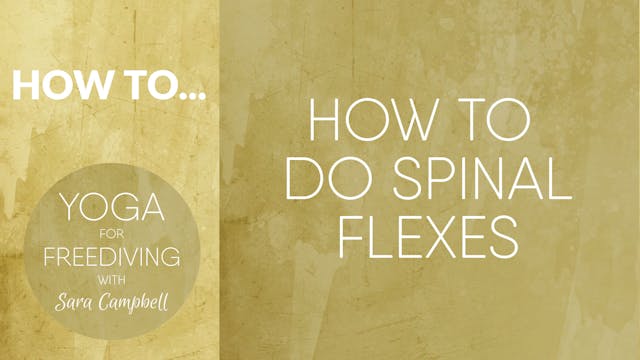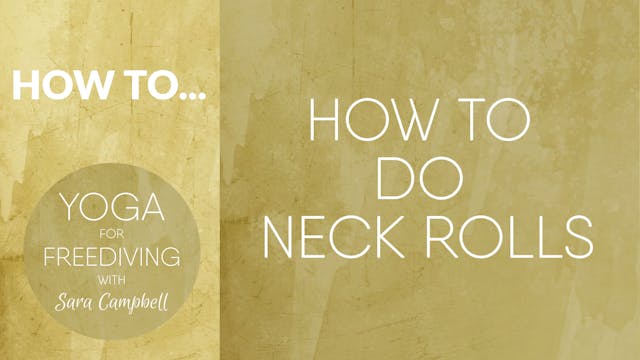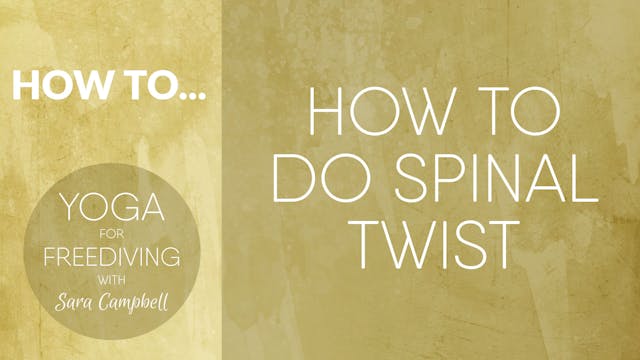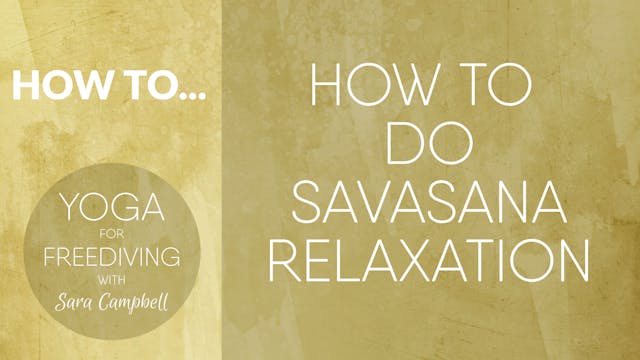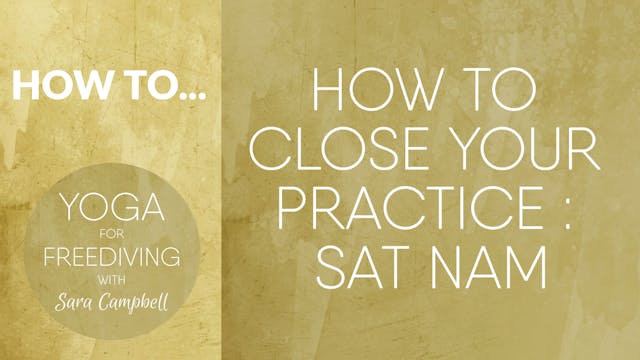Training and Performance
It is not possible to train successfully based on meditation alone. The Laws of Nature come into play in everything that we do, including the law of adaptation, which governs how the human body can be safely and successfully stimulated to adapt to all kinds of change. In freediving we need to adapt to decreasing oxygen saturation levels, increasing carbon dioxide levels, pressure at depth, the body's ability to work anaerobically, specific strength and flexibility and many other things. The mind is not separate from this adaptive process.
Every aspect of ourselves needs time and the right, healthy approach, in order to flourish under a training programme. In this course, I unfold the fullness of this process, helping you to understand that freedive training is a holistic process of mind, body and spirit, and that each and every aspect needs to receive just the right amount of stimulus, and the right amount of rest for effective adaptation to occur. Once this balance is found, progress is more rapid, without compromising on safety and healthy integrity of the body.
Videos contained in this course:
- Lecture: ‘Training Zone’ - 9 min
- Lecture: ‘Comfort Zone’ - 11 min
- Pranayama: ‘Basic Breath Series’ - 45 min
- Kriya: ‘Basic Spinal Energiser’ - 49 min
- Lecture: ’Respecting Your Body’ - 11 min
- Visualisation: ‘The Perfect Dive’ - 20 min
Total time: two and a half hours
MORE ABOUT THIS COURSE
- Five videos and over two and a half hours of targeted TRAINING & PERFORMANCE training
- A further two and a half hours of tips and technique training in 22 "How to..." videos
- Video streaming on any mobile device
- Audio downloads of the lectures and visualisations to take with you wherever you want
- Step by step six week programme to ensure you get the best out of your ENERGY BEYOND BREATH experience
- Lifetime access to all videos and online content
WHY IS TRAINING & PERFORMANCE IMPORTANT?
TRAINING AND PERFORMANCE is the next crucial step along the Yoga for Freediving path - it shifts our perspective of ourselves, enabling us to go even deeper on our journey of reflecting on ourselves and our training within the greater context of the Universe and the laws of nature that govern all of creation. When we start to work with ourselves on this level our consciousness opens up dramatically, and it can be the moment that we make the shift from ‘me’ to ‘we’, which is essential in expanding and letting go of our fears, perceptions and projections.
For freedivers, Training and Performance is essential as it is this course, possibly more than any other, that addresses the internal battle that so many face when confronted with the desire for greater performance, but faced with the very uncomfortable reality of a squeeze, black-out, or physical or mental burn-out. Training and Performance paves the way for a radical re-think of your training strategy to help you move from stress to 'yes'! It leads smoothly into the next course, Success and Failure, to dig deep into our psyche to understand how our underlying beliefs drive us towards unsupportive and even unhealthy or destructive behaviour. Training and Performance is about training in balance and harmony, to always connect with the joy in what we do, and how we do it.
PREMIUM clients will receive a personal online consultation and three one to one sessions with Sara.
-
Training and Performance 1: Lecture - Training Zone
-
Training and Performance 2: Lecture - Comfort Zone
-
Training and Performance 3: Pranayama - Basic Breath Series
-
Training and Performance 4: Kriya - Basic Spinal Energiser
-
Training and Performance 5: Lecture - Respecting Your Body
-
Training and Performance 6: Visualisation - Perfect Dive
-
About Meditation
ABOUT MEDITATION: If the mind is our most powerful servant, meditation is the way we ensure the servant receives clear instructions and does what we actually want him or her to do!
Without meditation our servant is free to do exactly what he wants, when he wants, and then we wonder why our di...
-
About Kriyas
ABOUT KRIYAS: The word 'kriya' means 'completed action'. It is therefore both a single exercise and a series of exercises that is designed to have a specific outcome. The kriyas in Kundalini Yoga work to direct energy within our body and mind by using specific breathing techniques combined with a...
-
About the Lectures
ABOUT LECTURES: This is as close to personal coaching with me as you can get without actually getting on a plane. These lectures form the basis of my teachings, primarily looking at, gaining awareness over, and learning to work with our minds, belief systems, and fears.
If you want to know ho...
-
About Pranayama
ABOUT PRANAYAMA: Pranayama are yogic breathing exercises based on ancient techniques and wisdom. 'Prana' refers both to our breath, and also to the life-force energy within and around us all. Pranayama therefore go beyond training simply our breath and breath hold capacity, but also work on how y...
-
Welcome to my free 'How to…' videos
ABOUT THE HOW TO... SERIES: This How to… series of videos contains bite-sized pieces of yogic and freediving wisdom, many of which were crucial in me diving to 104m on one breath!
DISCLAIMER: Yoga for Freediving courses and videos are not a freediving certification; they do not certify you to ...
-
How to Sit for Meditation
ABOUT SITTING: One of the greatest challenges to meditation is finding a comfortable sitting position. This short and simple video talks you through the options for all levels of flexibility.
The main focus for effective meditation is the position of your spine. As long as that is straight, i...
-
How to get the Deepest Inhale
ABOUT THE DEEPEST INHALE: Ever feel like you've taken your deepest inhale, but it's not quite deep enough? The chances are you are missing a very simple part of the inhale flow which will completely transform your final breath. Here I show you how.
For freedivers the final inhale is utterly c...
-
How to Engage the Root Lock : Mulabhanda
ABOUT THE ROOT LOCK: Mulabhanda, also known as mulbhand or the root lock, refers in western anatomy to the pelvic floor. This muscular lock which effectively closes off the lower end of the upper body, is essential in all parts of yoga, including meditation.
We use it to hold and direct energ...
-
How To Stretch your Diaphragm : Uddiyanabhanda
ABOUT DIAPHRAGM STRETCHING: Uddiyanabhanda relates to the diaphragm, as such it's the middle bhanda, between the root and the neck lock. In freediving, this little exercise can make or break depth progress.
Stretching uddiyanabhanda is one of the most important exercises you can do as a freedi...
-
How to Engage Neck Lock : Jalandharabhanda
ABOUT NECK LOCK: Jalandharabhanda, also called jalandabhand, or the neck lock, is essential in yoga and particularly in meditation.
It is also, for freedivers, known as the glottis - that tricky little bugger that you need to keep locked in order to keep your mouthfill.
Neck lock is taught...
-
How to Pack
ABOUT PACKING: Packing is a useful tool in freediving training. Packing must be introduced and used with CAUTION and respect as it carries certain risks and adverse effects for the freediver.
Packing when used in dry stretching routines is very useful for increasing the lung capacity, enablin...
-
How to Reverse Pack
ABOUT REVERSE PACKING: Reverse packing, as the name suggests, is the opposite of packing - and is essential for safe, deep diving.
Many people, particularly early on in their training, focus on packing in order to expand their lung volume. However, for anyone wanting to dive deep, reverse pac...
-
Complete Kundalini Yoga Warm-Up Flow
ABOUT THE FLOW: These warm-up exercises can be used to prepare for other practice, or can be used in their own right. This flow will leave you energised, yet relaxed.
I used and adapated these exercises to prepare myself for my deep freedives and I know they have helped all of my students to ...
-
How to chant the Adi Mantra Ong Namo to Tune In
ABOUT ONG NAMO: We begin every practice of Kundalini Yoga with the Adi Mantra: "Ong Namo Guru Dev Namo'. This mantra is the foundation for my four World Records in freediving.
I explain more about this magical mantra in my DEEP RELAXATION programme, but learning to chant it, and enjoying the ...
-
How to chant the Mangala Charan Mantra for Protection : Aad Gurey Nameh
ABOUT AAD GUREY: This mantra is often used after the Adi Mantra when tuning in for our practice, but it can be used alone and is great for protection.
Chanting mantra is not the same as singing. It doesn't matter if you have a good voice, or are in tune. It is about the vibrations you create ...
-
How to do Alternate Nostril Breathing and Breath of Fire
ABOUT PRANAYAMA: These two simple breathing exercises, or pranayamas, are two of the most important yoga breaths you will learn.
Alternate nostril breathing is great for bringing awareness to the breath, the sensations of the breath and for creating balance.
Breath of Fire is used to stimu...
-
How to do Sufi Grinding
ABOUT SUFI GRINDING: The poor Sufis…. Haha! Don't worry, no-one was harmed in the making of this video! :-)
Sufi grinding is my favourite yoga warm-up exercise and here I show you how to do it. It helps to soften and relax the whole of the spine, encourages deep, powerful breathing which clea...
-
How to do Spinal Flexes
ABOUT SPINAL FLEX: Spinal Flex exercises help us to systematically warm-up and wake up the spine. Our spine performs so many amazing functions for us throughout our daily lives that it deserves and needs to be looked after and given a bit of love. This is the perfect way.
Along with the other...
-
How to do Neck Rolls
ABOUT NECK ROLLS: Neck rolls are a simple part of our yoga and freediving stretches. We all carry stress and tension in our neck, throat, jaw, shoulders and upper back and this simple exercise can help us to identify and release some of it.
For freedivers suffering equalisation problems, the i...
-
How to do Spinal Twist
ABOUT SPINAL TWISTS: Let's do the twist! This yogic version of the twist focuses on the spine, this time increasing its flexibility through the vertical axis. It opens up our chest and shoulders, helps to stretch and tone the waist and gives all of your digestive organs a wonderful massage.
Al...
-
How to do Savasana Relaxation
ABOUT RELAXATION: Use this little video on its own when you want a quick time-out from your day, or a boost to your energy. It is essential we balance our stressful lives with regular relaxation - here's how!
It is recommended to practice this every day for 11 minutes if you're a man, and thr...
-
How to Close your Practice: Sat Nam
ABOUT SAT NAM: We end all of our yoga and meditation practices with Sat Nam. It means 'I am Truth' or 'Truth is what I am' and is a way to connect with our authentic self, beyond our perceptions and beliefs of who or what we think we should be.
The mantra also appears in many of the meditation...
-
Training and Performance - Six Week Programme.pdf
1.16 MB
-
Visualisation to Go - The Perfect Dive.mp3
36.5 MB
-
Lectures to Go - Training Zone.mp3
16.4 MB
-
Lectures to Go - Respecting Your Body.mp3
20.5 MB
-
Lectures to Go - Comfort Zone.mp3
20 MB
